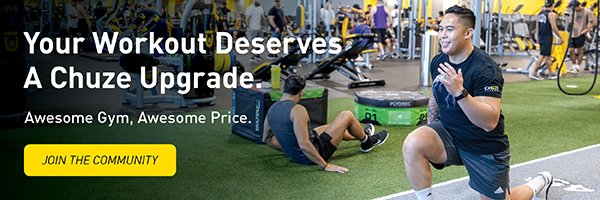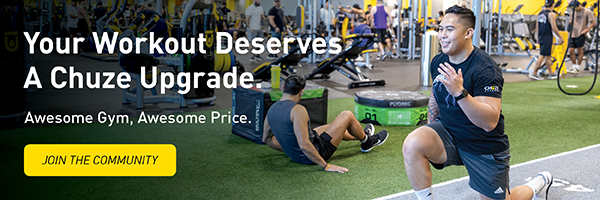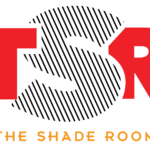Bent Over Row: Guide and video with tips on proper form and strength
Your legs and your arms. These are probably the muscle groups you think about most when you go to the gym.
But training your back muscles is just as important as strengthening your limbs – if not more so. After all, your back is the center of your body. It is the place where your strength comes from.
If you want to build this important muscle group, you should become familiar with the bent-over row. This exercise engages key back muscles, increasing your strength and stability.
Wondering how to do bent over rowing exercises? You’ve come to the right place.
What is bent over rowing?
The bent-over row is a standing, weight-based workout designed to help you strengthen your back and core muscles. This exercise is called a compound movement, meaning it targets multiple muscle groups at the same time.
In particular, when you row bent over, you activate the following:
- biceps
- Trapezoids
- Rhomboids
- Posterior deltoids
- Latissimus dorsi (lats)
In short, bent over rows work your entire back, with the added benefit of engaging your biceps.
Why should I add bent over rowing to my workout?
There are many reasons to integrate this exercise into your daily training routine. To prove our point, let’s look at some of the most valuable benefits of bent over rowing.
You build strength and muscle mass
Most exercises contribute to muscle growth and increased strength, but bent-over rows are particularly effective. Because so many different muscles are involved, bent over rowing promotes a higher rate of muscle hypertrophy (growth) throughout the body. Ultimately, you won’t just feel stronger – you will see stronger.
They can help prevent injuries
Frequently incorporating bent-over rows into your exercise program can also increase your spinal stability. A stable back improves your posture and makes you more resistant to back injuries.
The best part is that this benefit doesn’t just apply to acute injuries. According to a recent analysis, exercises like bent-over rows may also help relieve chronic back pain.
They have a functional application
Bent-over rows reflect the everyday movement of picking something up from the ground. By strengthening the appropriate muscles and learning the correct form of this movement, you can lift heavy objects more safely and easily.
Additionally, the bent-over row is an excellent cross-training exercise that helps you develop “pulling strength.” Because many sports and other exercises in the gym use the same muscle groups, each repetition will improve your performance in all types of activities.
They are practical
Looking for another reason to love bent-over rows? You can do the exercise anywhere. All you need is a pair of dumbbells (or a barbell) and a few feet of space, and you’re ready to burn calories, burn calories, and build muscle.
Learn how to do bent over rows
Wherever you do your bent over row, you need to do it correctly to avoid injury and reap all the benefits. Here’s what to do:
- Step 1: Grab your weights – You can perform bent over rows with a barbell or two dumbbells. Whichever option you choose, move your equipment to a free space in the gym.
- Step 2: Take the starting position – With your feet hip-width apart, lift your weight(s) and point your palms toward your body. Bend your hips to tilt your torso forward, straighten your back, and bend your knees slightly.
- Step 3: Lift the weight – When you are ready, pull the weight up toward your lower ribs while squeezing your shoulder blades.
- Step 4: Lower your arms – Hold the top part of the movement for a second, then slowly lower your arms and return to the starting position.
Advice for beginners
Even if you’ve never done bent over rowing before, you can quickly master the exercise. Just keep in mind the following tips:
- Reduce your load – While you may be used to lifting the heaviest weights on the rack, it’s best to start any new exercise with lighter weights. Starting with a light load will help you perfect your form before moving on to heavier weights. Alternatively, you can use resistance bands first; Stand on it or tie it to a device near the ground before lifting it.
- Think “up and down”. – When lifting your dumbbells or barbells, draw a straight line from the floor up. Otherwise, you could end up using the wrong muscles.
- Move slowly – The more control, the better. It should take two or three seconds to raise the weight and another two or three to lower it again. By taking your time, you can reduce your risk of injury and maximize your results.
Common mistakes to watch out for
We see a lot of beginners come through our doors, so we know what common mistakes to look out for when trying bent over rowing. This includes:
- Round off the back – Bending forward too much can put strain on your back. Try to maintain a straight back that extends from your hips at a 45-degree angle.
- Use momentum – Swinging or moving the weights quickly is “cheating” – you won’t reap the full benefits this way. Always bring your weights to a complete stop before beginning the next repetition.
- Incorrect positioning of feet – Make sure your feet are facing forward, about hip-width apart, and planted firmly on the floor.
As long as you avoid these common problems, you can enjoy a safe and effective workout.
Bent-over rowing: your ticket to a stronger back and core
If you’re looking for a full-body upper body workout that works your back, core and arms, the bent over row is your new best friend. Consider doing a few sets of this exercise the next time you visit the gym.
Do you need a gym to work out? Chuze Fitness is the right place for you. Our state-of-the-art equipment and friendly staff welcome both beginners and experienced athletes. With all the equipment you need to achieve your fitness goals, as well as group classes and amenities for rest and relaxation, our facilities are second to none.
Find your nearest Chuze Fitness location to further your fitness journey.
Sources:
Very good fit. Compound or Isolation Exercises: Which is Best? https://www.verywellfit.com/which-is-better-compound-or-isolation-exercises-3120718
Men’s Health. How to perform the bent over row for massive back and biceps gains. https://www.menshealth.com/uk/building-muscle/a757301/how-to-master-the-bent-over-row/
Very good fit. Bent-over Dumbbell Rows: Proper Form, Variations, and Common Mistakes. https://www.verywellfit.com/how-to-properly-perform-the-dumbbell-bent-over-row-3498295
National Center for Biotechnology Information. Posterior chain strength training compared to general exercise and walking programs for the treatment of chronic low back pain in the general population: A systematic review and meta-analysis. https://pmc.ncbi.nlm.nih.gov/articles/PMC7940464/
Very good fit. Bent-over Dumbbell Rows: Proper Form, Variations, and Common Mistakes. https://www.verywellfit.com/how-to-properly-perform-the-dumbbell-bent-over-row-3498295
 Reviewed by:
Reviewed by:
Ani is the Vice President of Fitness at Chuze Fitness and leads the group fitness and team training departments. She has a career spanning more than 25 years in club management, personal training, group exercise and coach education. Ani lives in San Diego, California with her husband and son and loves hot yoga, snowboarding and all things wellness.






